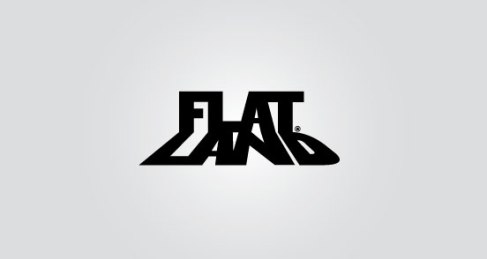So recently I wrote a post of my delight in reading Flatland by Edwin A. Abbott, and all of the wonderful language conventions it uses to create an intellectually intriguing text. However before I leave Flatland into the archive of science literature analysis posts, there’s something that I feel compelled to talk about, which is Flatland’s structure.
The main reason why I want to talk about the structure of Flatland is because it uses a particular story structure which reappears in many texts including “Jonah and the Whale” in the Bible, and it reappears so often because it’s a story that has strong impact on people.
“So what is this archaic story structure” I hear you ask? Ladies and Gentlemen, I’m talking about the story of what I call “the Failed Prophecy”, which is very much integrated into the story of Flatland.
To start with, here’s a quick chronological summary of what happens in Flatland. So our story starts with Square, a 2-dimensional creature in a 2-dimensional world. Here an extensive introduction is given about the society of these 2-dimensional creatures covering a wide range of topics: gender roles, social class, perception, architecture; pretty much everything we would want to know about the world of Flatland.
After that very long introduction, the book shifts to the world of Lineland where only one dimension exists. Square visits here through a dream, and becomes acquainted with the idea of dimensionality. And then the book shifts again to the world of 3-dimensions, where a prophet from that world comes and reveals Square to a whole new perspective of dimensionality too.
After the departing of the 3D prophet, Square begins his mission to reveal to others this great revelation. He begins with his son, however even after extensive explanations, his son responds in ridicule. Square, although disappointed, continues to spread the world, but person after person, they all reject his inconceivable idea of a 3rd dimension, and he is sent to prison, cast as a lunatic prophesising about an inexistent truth.
So how does the “Failed Prophet” story fit into Flatland? Well firstly, the primary structure of the “Failed Prophet” story is the introduction, “the Vision”, and “the Prophesy.”
So in this story, the introduction’s role in the Failed Prophesy structure is to introduce the problem. Although various problems exist in Flatland, the main one which is focussed on is the ignorance of a greater truth i.e. dimensionality.
This greater truth is explored when Square goes through the stage which I like to call “The Vision.” Essentially this is where that greater truth is revealed, in this case, the existence of creatures in different dimensions. The visit from the 3-D prophet then allows for his mission to become clear; to prophesize about the existence of different dimensions.
And then this is where the prophecy stage comes into toll, where he attempts to convince people of this truth, which unfortunately for him, results in being cast as a heretic and held in jail because of the inconceivability of his message to a 2-dimensional creature. And that people, is the story structure of the Failed Prophet in Flatland.
The reason why I like the Failed Prophet structure is because although it’s sad, it has a very human, realistic quality, which draws on the relatable feeling of rejection. It’s a story which can really get to you; because everyone at some point has felt rejection before, and when we see a story of what seems like a hero figure ready to spread the word of a greater truth, turn into a story of rejection despite good intentions; it makes you a bit sad.
Now if you read my last post about Flatland, you might be baffled at this response, since I wrote before about how it’s a book for people interested in maths, not for those looking for a down-to-earth, moving narrative. But now that I’ve realised how symbolic and deep this story is, I’ve changed my perspective a bit.
So if you’ve already read the book, I challenge you to read it again, and notice how a seemingly over-wordy math book, is actually a powerful, humanistic story of rejection.






